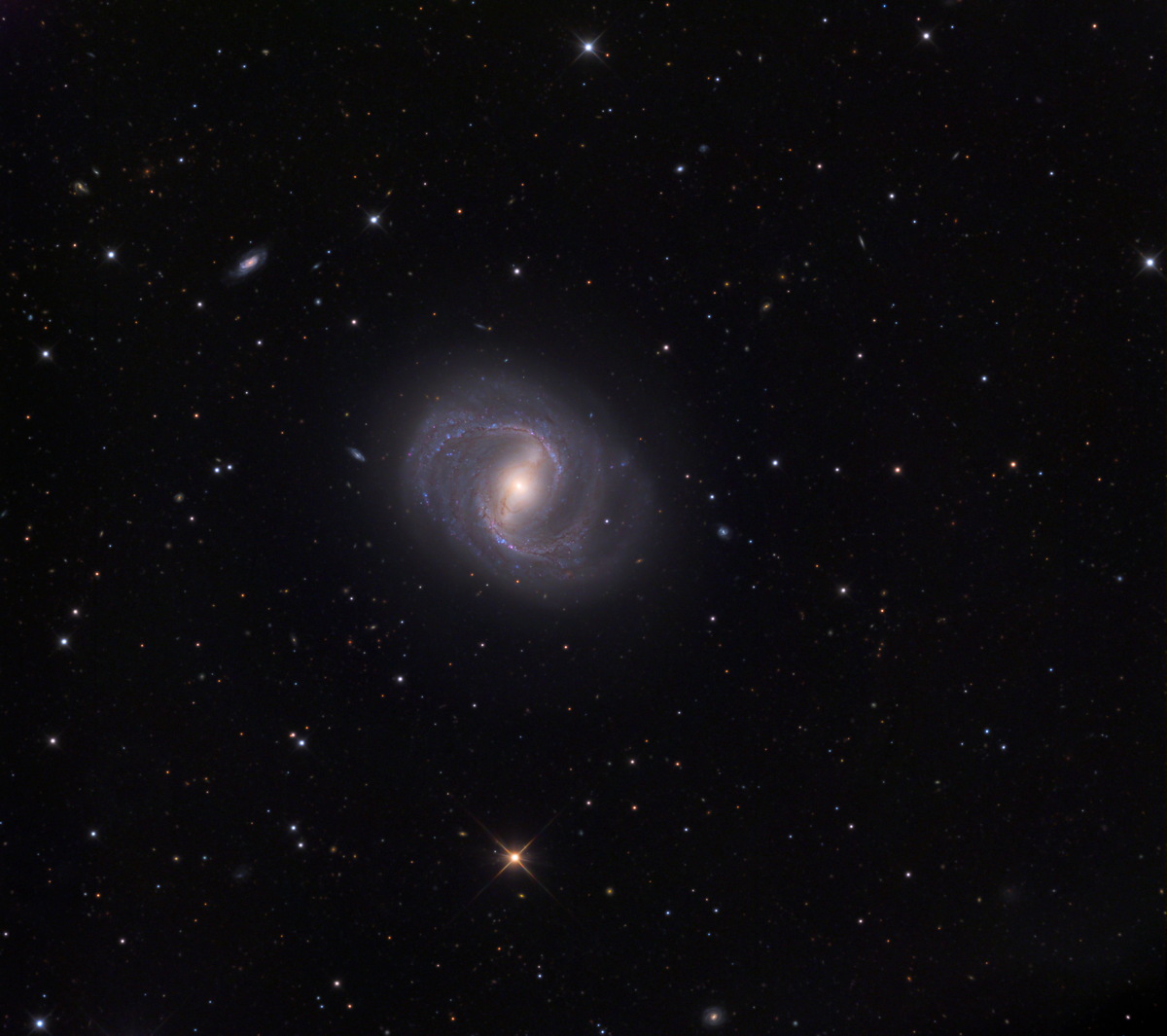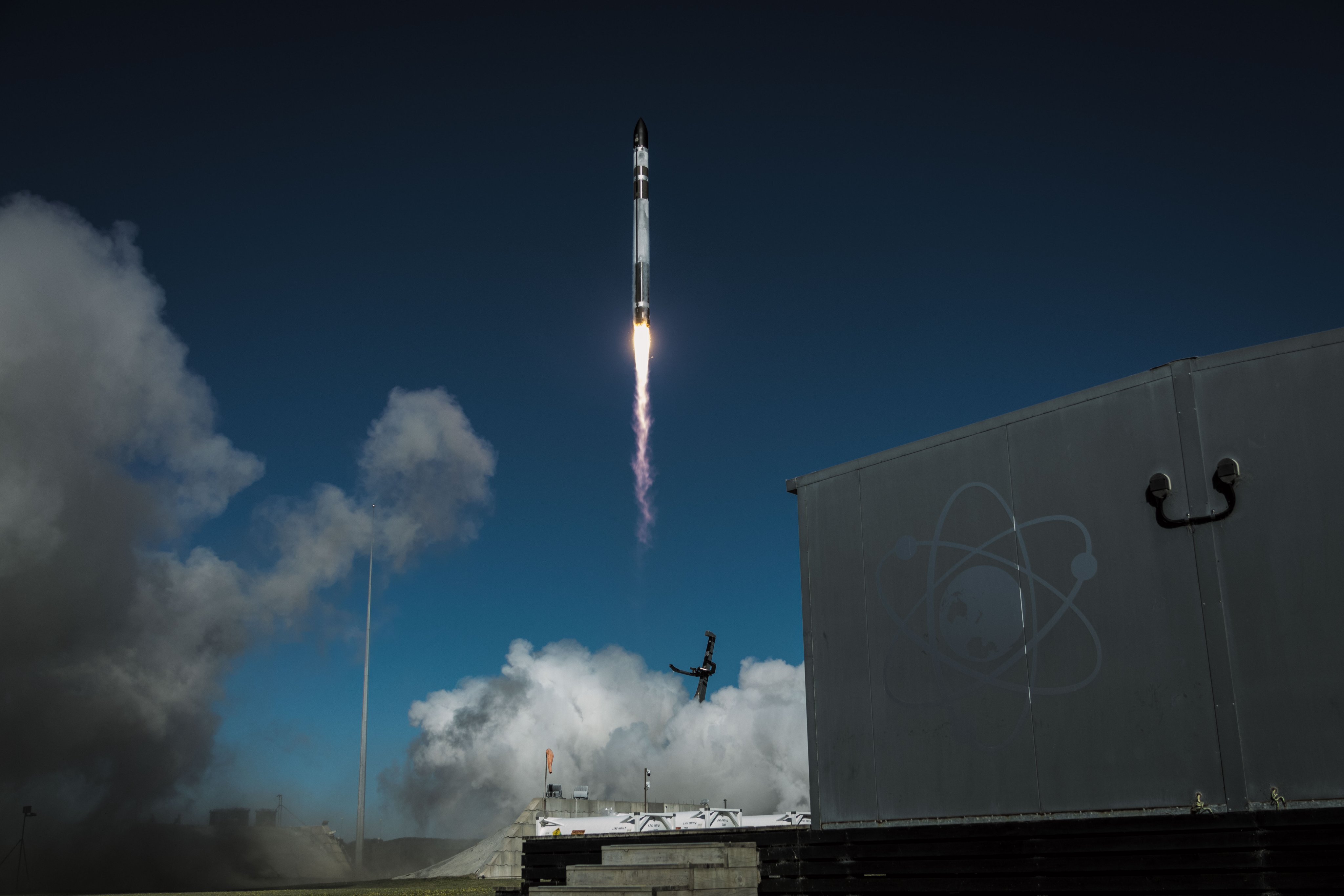Best Space Photos of the Week - April 19, 2014
5 Erupting Volcanoes Seen from Space
There are 40 active volcanoes on Russia's icy Kamchatka Peninsula. On Monday, a passing satellite saw five of them erupting at once. [Read the Story.]
LRO View of Chang'e 3 Lander
LADEE data is being used to investigate the effects of China's Chang'e 3 moon lander touchdown last December on the lunar atmosphere and surface. Shown here is NASA's Lunar Reconnaissance Orbiter Camera view of the Chang'e 3 lander (large arrow) and rover (small arrow) just before sunset on their first day of lunar exploration. [Read the Story.]
Sean Parker's Total Lunar Eclipse of April 15, 2014
Photographer Sean Parker created this image of the blood moon total lunar eclipse of April 15, 2014 from Tucson, Ariz. by stitching together eight images into a mosaic. Parker used a 12" LX Meade 200 telescope with a Canon 6D camera. [See More Amazing Photos of the April 15 Total Lunar Eclipse]
NASA Photo May Show Birth of New Saturn Moon
Photographs taken by NASA's Cassini probe in April 2013 show a bright arc about 750 miles (1,200 kilometers) long and 6 miles (10 km) wide at the edge of Saturn's outermost ring (known as the A ring). This arc and some strange bumps nearby were probably created by the gravity of a small, icy object —possibly a newborn moon, a new study reports. [Read the Story.]
IRAS 20324+4057
NASA's Hubble Space Telescope viewed “the Tadpole,” a clump of gas and dust making its way through Cygnus OB2 association, a loose cluster of stars some 4,700 light-years from Earth in the constellation Cygnus. This clump of gas and dust has given birth to protostars, which represent the earliest steps in building a star. The glowing yellow one in the "head" is the most luminous and massive. Nearby stars firing ultraviolet radiation at IRAS 20324+4057 creates the intense blue glow, which also sculpts its tail into a long, wiggly shape. This clump stretches roughly a light-year from head to tail-tip, and contains gas weighing almost four times the mass of the sun. [See More Amazing Space Stories]
Barred Spiral Galaxy M91
Barred spiral galaxy Messier 91 (M91) lies in the constellation of constellation of Coma Berenices. The galaxy’s bar stands out quite noticeably. The galaxy represents the faintest object in Charles Messier’s catalog, and he discovered it in 1781. Notably, a rare error by Messier caused the galaxy to go “missing” for centuries, until amateur astronomer William C. Williams determined NGC 4548 (catalogued by William Herschel in 1784) was M91 in 1969. Image obtained January-March 2014 by Adam Block and participants of the March 2014 "Astrophotography with Adam" courses. [See More Amazing Space Stories]
Breaking space news, the latest updates on rocket launches, skywatching events and more!

Space.com is the premier source of space exploration, innovation and astronomy news, chronicling (and celebrating) humanity's ongoing expansion across the final frontier. Originally founded in 1999, Space.com is, and always has been, the passion of writers and editors who are space fans and also trained journalists. Our current news team consists of Editor-in-Chief Tariq Malik; Editor Hanneke Weitering, Senior Space Writer Mike Wall; Senior Writer Meghan Bartels; Senior Writer Chelsea Gohd, Senior Writer Tereza Pultarova and Staff Writer Alexander Cox, focusing on e-commerce. Senior Producer Steve Spaleta oversees our space videos, with Diana Whitcroft as our Social Media Editor.






